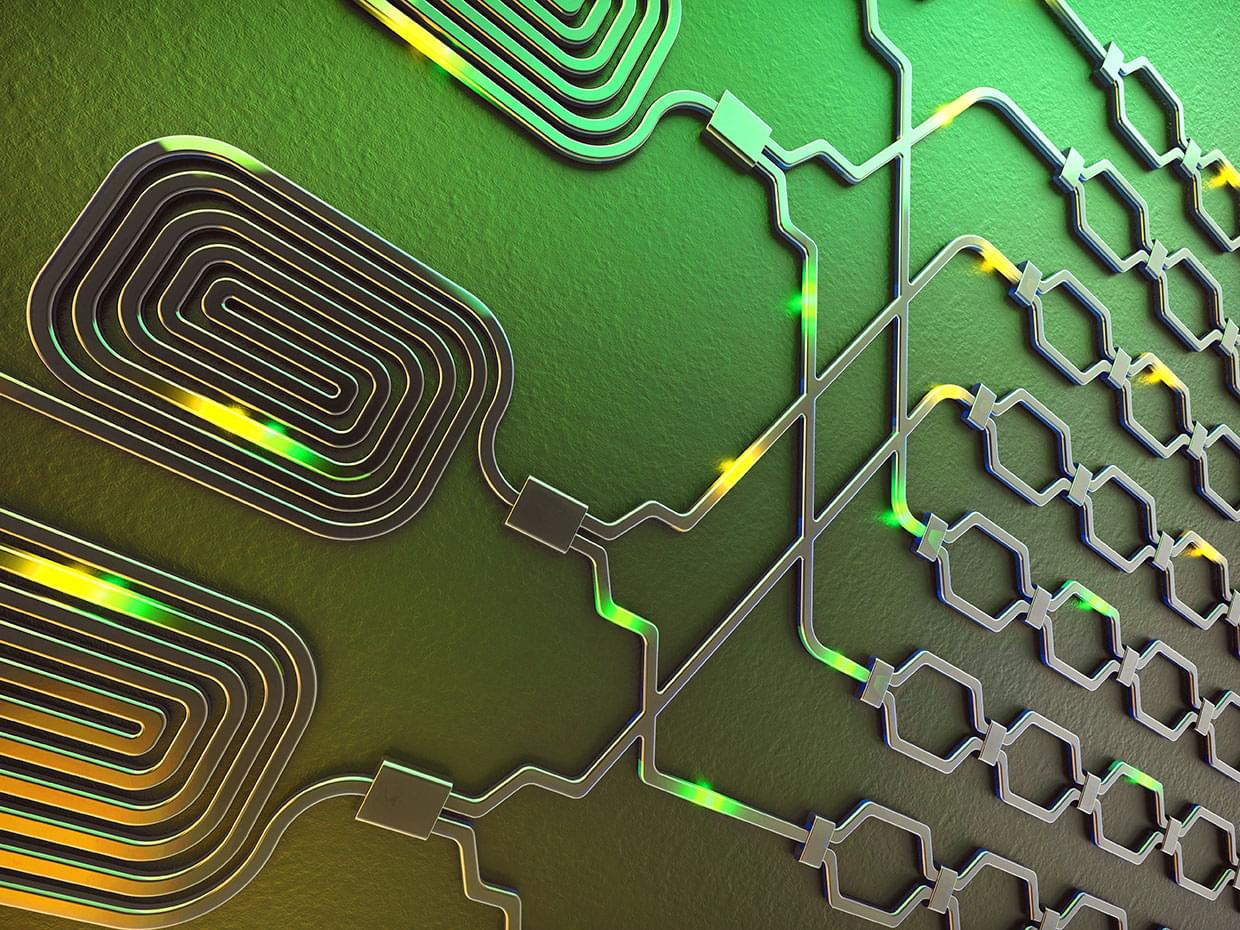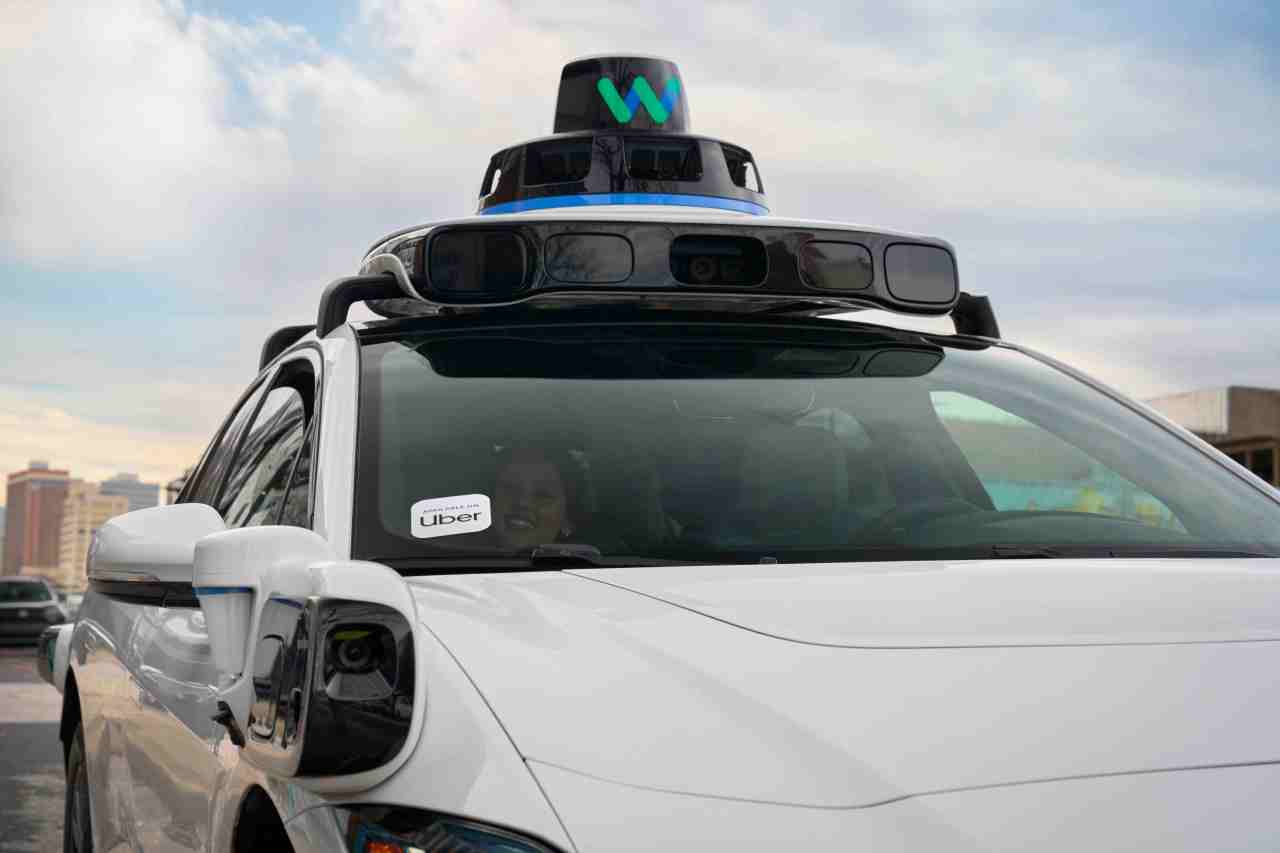Anthropic closed a $3.5 billion series E funding round, valuing the AI company at $61.5 billion post-money, the firm announced today. Lightspeed Venture Partners led the round with a $1 billion contribution, cementing Anthropic’s status as one of the world’s most valuable private companies and demonstrating investors’ unwavering appetite for leading AI developers despite already astronomical valuations.
The financing attracted participation from an impressive roster of investors including Salesforce Ventures, Cisco Investments, Fidelity Management & Research Company, General Catalyst, D1 Capital Partners, Jane Street, Menlo Ventures and Bessemer Venture Partners.
With this investment, Anthropic will advance its development of next-generation AI systems, expand its compute capacity, deepen its research in ten and alignment, and accelerate its international expansion, the company said in its announcement.
Anthropic’s dramatic valuation reflects its exceptional commercial momentum. The company’s annualized revenue reached $1 billion by December 2024, representing a tenfold increase year-over-year, according to people familiar with the company’s finances. That growth has accelerated further, with revenue reportedly increasing by 30% in just the first two months of 2025, according to a Bloomberg report.
Founded in 2021 by former OpenAI researchers including siblings Dario and Daniela Amodei, Anthropic has positioned itself as a more research-focused and safety-oriented alternative to its chief rival. The company’s Claude chatbot has gained significant market share since its public launch in March 2023, particularly in enterprise applications.
Krishna Rao, Anthropic’s CFO, said in a statement that the investment fuels our development of more intelligent and capable AI systems that expand what humans can achieve, adding that continued advances in scaling across all aspects of model training are powering breakthroughs in intelligence and expertise.




